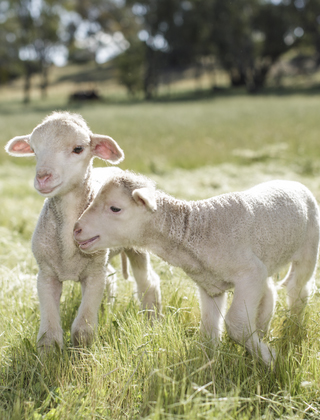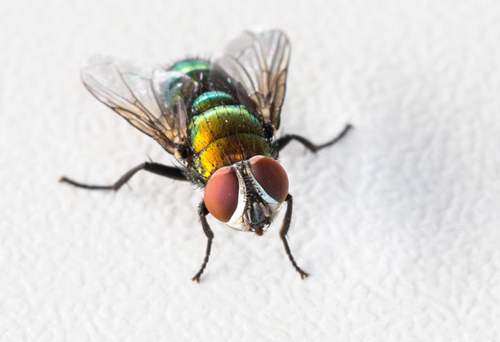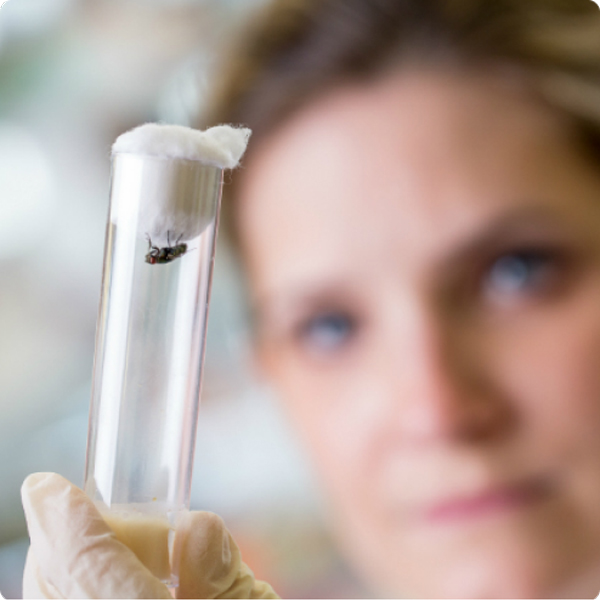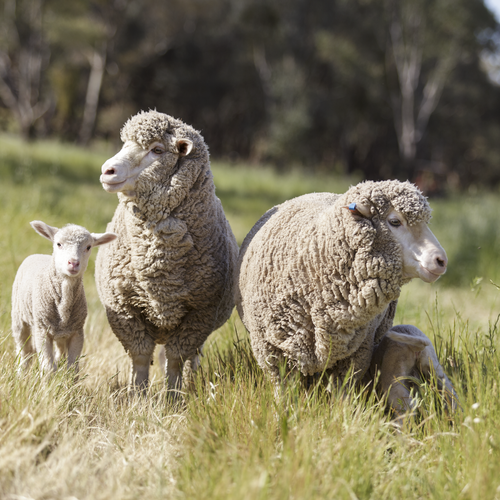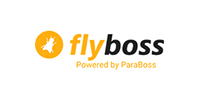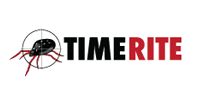Our Programs
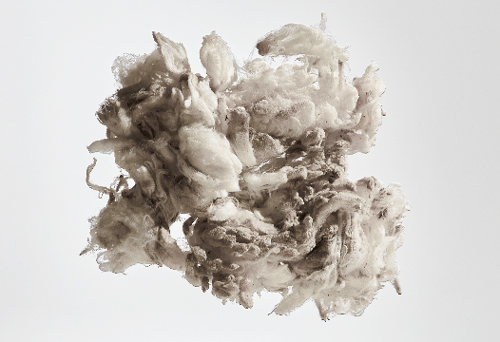
Agritechnology
Technology is rapidly changing many areas of agriculture and we work to ensure Australian woolgrowers are on the front foot to take advantage of the latest opportunities.

Environmental Sustainability
Many Australian woolgrowers are leaders in environmental management, using innovative practices to successfully improve and restore their farm landscapes while increasing their businesses’ profitability and their own wellbeing.
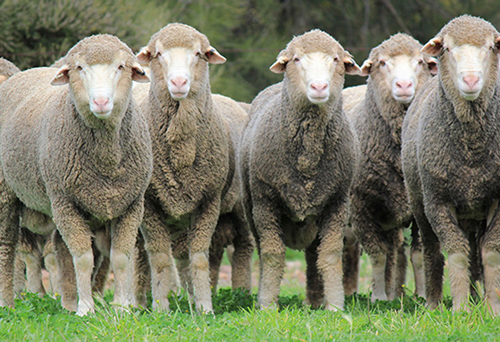
Genetics
We invest in sheep breeding research and development, benchmarking and all breeder tools for woolgrowers wanting to monitor, set targets and optimise the rate of genetic gain of their sheep.
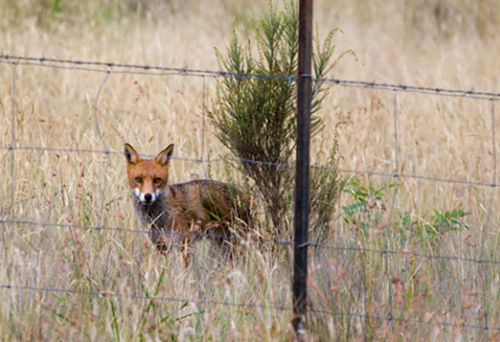
Pest Animals
We invest in vertebrate pest control including direct assistance to community based vertebrate pest control programs and research and development of new and emerging technologies.
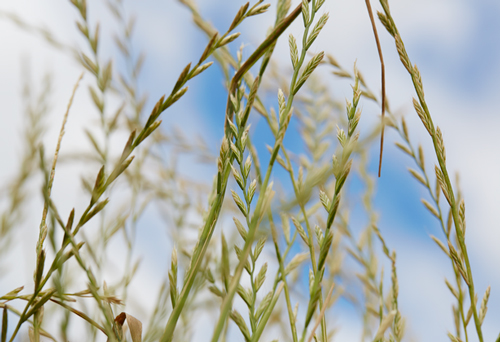
Reproduction & Nutrition
We invest in innovative management tools and guidelines for woolgrowers to increase reproduction productivity and to promote best practise management.
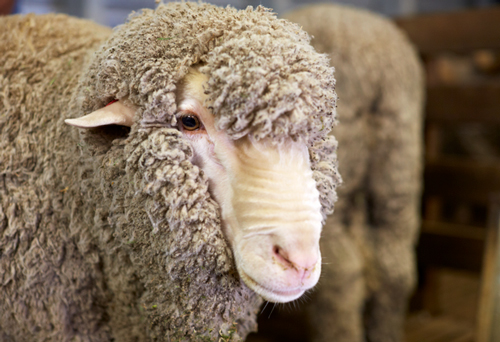
Sheep Health & Welfare
We invest in the development of new technologies and information to support woolgrowers in their adoption of best practice management to improve the health and welfare of their wool sheep.
Popular Articles
Discover the most read articles from the AWI On-Farm Research team.
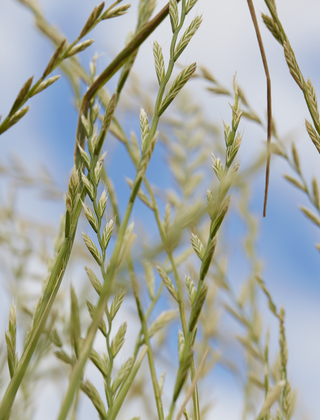
Feedbase Options
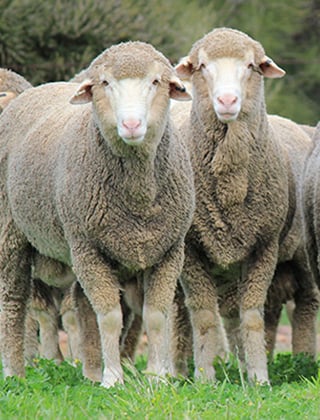
Resilience, Feed Efficiency and Survival

Managing Chemical Resistance
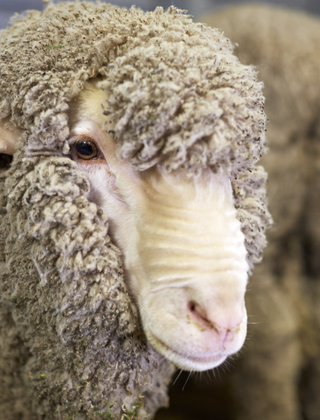
Foot and Mouth Disease (FMD) facts and resources
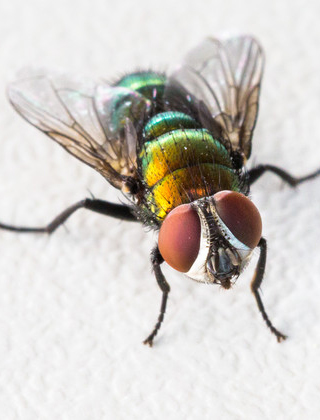
AWI Flystrike Extension Program
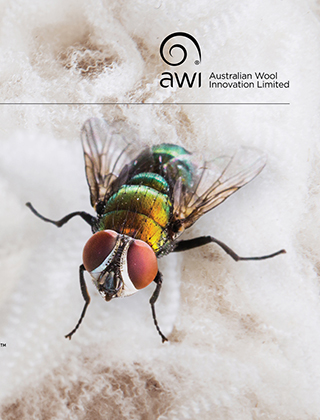
It's Fly Time!
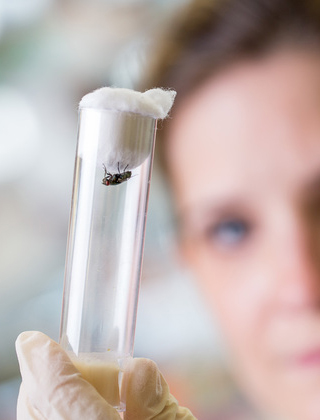
Parasite Management

DemystiFly
NATURAL CAPITAL ACCOUNTING
One of our latest on-farm studies has developed a new method of measuring environmental health to enable Australian woolgrowers to track the health of their environment over time.
Read MoreLatest Articles
Stay up to date with the most recent research from the AWI On-Farm team and our partners.

Resilience, Feed Efficiency and Survival

Feedbase Options

Managing Chemical Resistance

Foot and Mouth Disease (FMD) facts and resources

AWI Flystrike Extension Program

Flystrike Chemicals
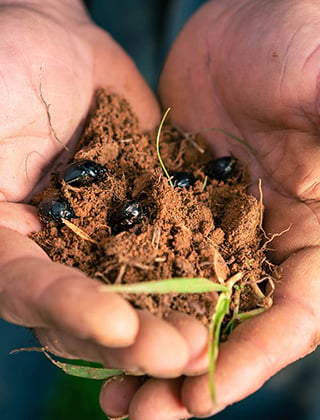
Dung Beetles
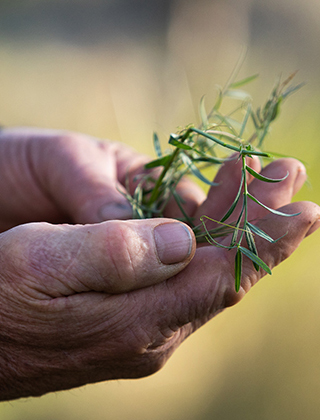
Natural Capital Accounting
